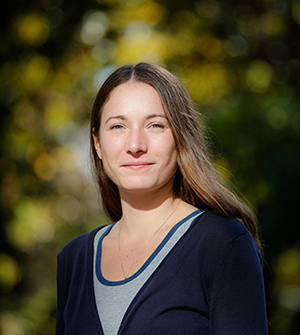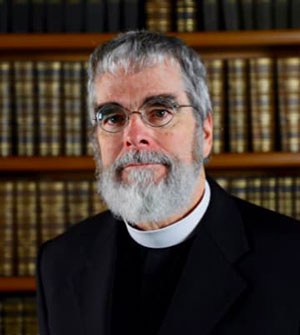
TOPIC
As detectors become more sensitive, telescopes grow larger, and computers become ever more powerful, astronomical data has entered the petabyte domain. Major surveys such as Gaia, Pan-STARRS and Zwicky Transient Facility, have already measured billions of celestial sources; new surveys, such as Euclid and the Rubin Observatory’s Legacy Survey of Space and Time, will produce astronomical catalogs of tens of billions of stars and galaxies, millions of AGN, and trillions of diverse precise measurements. We will explore the science behind these surveys, present the concepts of Big Data and Machine Learning, and provide a hands-on data analysis experience that will enable students to utilize these data sets for their own astronomical projects.
MAIN THEMES
1) Science drivers for obtaining large astronomical datasets
2) Numerical simulations
3) Tools for accessing and analyzing images, catalogs, and other datasets
4) Machine learning and deep learning methods and tools
And a lot of projects to be realised by the students during the school








CONTACT
Specola Vaticana
V-00120 Vatican City State - Rome, Italy
Tel.: +39 06 698.85266 FAX: +39 06.698.84671
e-mail:

